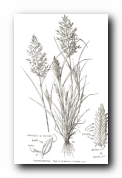
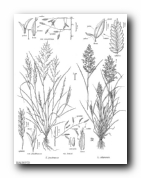
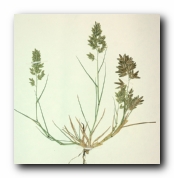
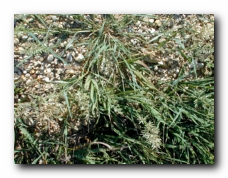
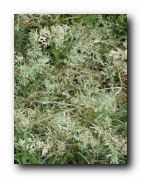

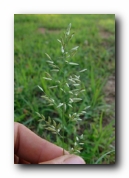
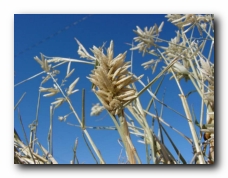
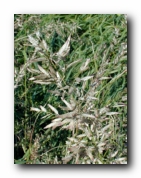
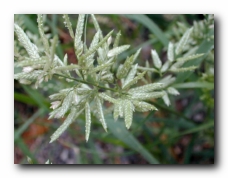
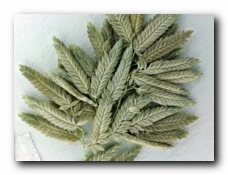
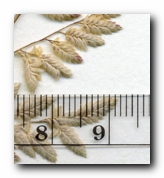
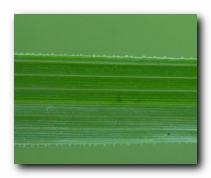
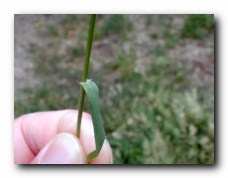
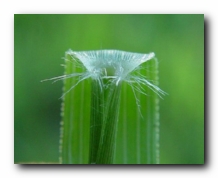
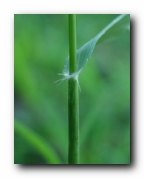
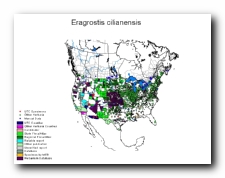
40" Rows:
Broadcast:
Sandy:
Loam:
Clay:
Habit: Weedy, tufted annual with disagreeable odor when fresh. Culm: Ascending or spreading, freely branching from a decumbent base, 10-50 cm. tall, with a ring of glands below the nodes. Blade: 7-18 cm. long, 2-6 mm. wide, flat, smooth beneath, scabrous above. Sheaths: Shorter than internodes, pilose at the throat. Ligule: Dense ring of short hairs. Inflorescence: Panicles erect, dark gray-green to tawny, usually dense, 5-15 cm. long, the branches ascending, spikelet-bearing nearly to the base. Spikelets: Oblong, usually 8-35-flowered (sometimes to 72-flowered), 5-18 (30) mm. long, 2.5-3 mm. wide, very flat, numerous. Glumes: 2, acute, unequal, first 1-nerved, about 2 mm. long, second 3-nerved, a little shorter than the first, a few glands on the keel. Lemmas: Closely imbricate, broad, obtuse (acute in side view), 2-2.5 mm. long, 1 mm. wide from keel to margin, 3-nerved, the keel scabrous towards the apex and with a few glands, the lateral nerves prominent. Palea: About two thirds as long as its lemma, minutely ciliate on the 2 keels, falling with the lemma and rachilla internodes. Anthers: 0.5 mm. long. Fruit: Grain ovoid, plump, 0.7 mm. long. Habitat: Waste places, roadsides, fields, and cultivated grounds. June-September. Synonyms: Eragrostis major Host Eragrostis megastachya (Koel.) Link
Special Notes: